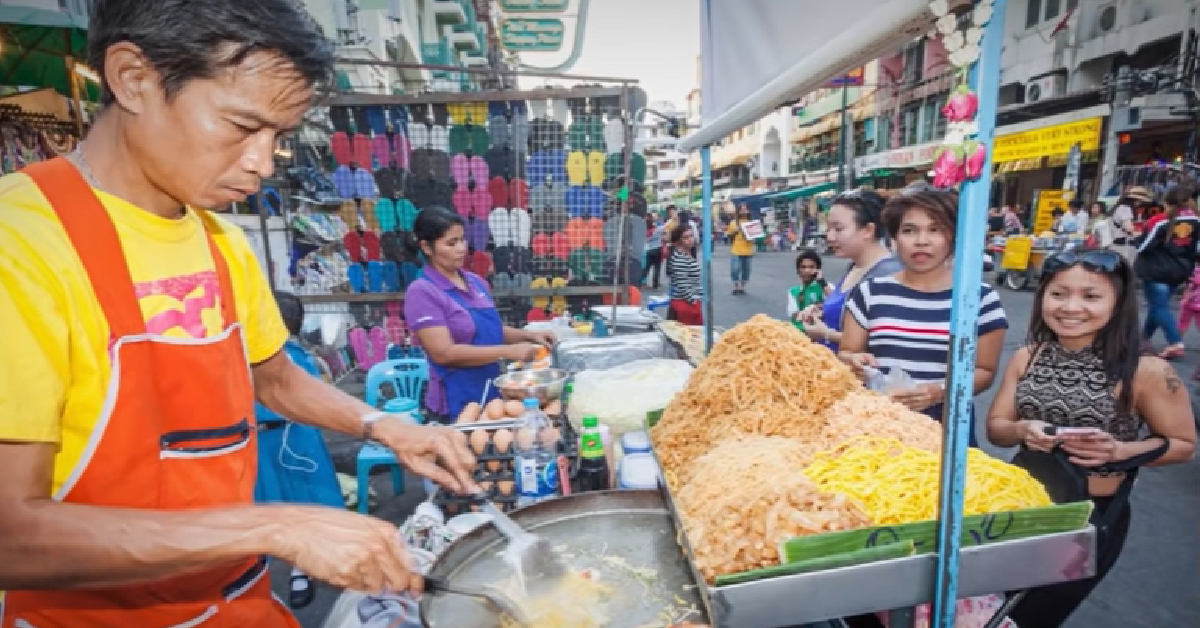The Surprising History Of Thailand’s Official Dish: Pad Thai
Many of the ingredients aren’t originally from Thailand, but it hasn’t stopped the country from embracing it.
I’ve hit that age where I love staying in on a Friday night, firing up the latest series on Netflix, and then enjoying a nice meal.
One of my favorites is Pad Thai from my local Thai restaurant, and there are many people besides me who also love a Pad Thai – it’s a pretty popular noodle dish.

But what many of us may not know is that it’s got a pretty colorful history, including now being recognized as the official dish of Thailand. To tell us about it, Justin Dodd of the Mental Floss series Food History, has explored the history behind everyone’s favorite noodle dish.
As explained in the video, “Pad Thai is probably Thailand’s most widely known dish around the world, but it wasn’t even part of the country’s cuisine until the 1930s.”

They continued, “That’s when Thai Prime Minister Plaek Phibunsongkramh—or Phibun—rose to power. …Phibun made it his mission to create a unified national identity that would bring his people together. His efforts included changing the name of the country from Siam to Thailand, introducing a new national anthem, and promoting a new national dish: pad thai.”
While Pad Thai has gained so much popularity and clout as a national food, it might be surprising to find that many of the ingredients that go into it are actually not of Thai origin!

For example, “Mung beans were originally cultivated in India, and peanuts were first grown in South America. Tamarind comes from tropical Africa and chili peppers from South and Central America. Fish sauce is another common item used in pad Thai…has its own complicated international history. Of course, the fact that pad Thai uses global ingredients doesn’t make it any less Thai.”
Despite the fact that many of the ingredients aren’t originally from Thailand, it hasn’t stopped the country from being proud of it. In fact, during the 20th century, the government was actually encouraging Thai restaurants both at home and abroad to serve the noodle dish as a means of promoting tourism as well as international relations – that’s a lot of pressure to put on food.

The video further describes, “By opening Thai restaurants around the world, Thailand hoped to boost its international image. People who fall in love with Thai food at home are more likely to visit the country as tourists, infusing money into the local economy…The campaign was also a subtle way for Thailand to strengthen its relations with foreign nations, a tactic known as gastrodiplomacy. So Thailand didn’t just share its delicious food with the world as an act of altruism…”
So, next time you order that very tasty noodle dish for delivery, take a moment to savor just how much history and culture has gone into one gastronomic experience.
Check out the video down below:
Did you know the history behind Pad Thai? Let us know!
SKM: below-content placeholderWhizzco for DOT

